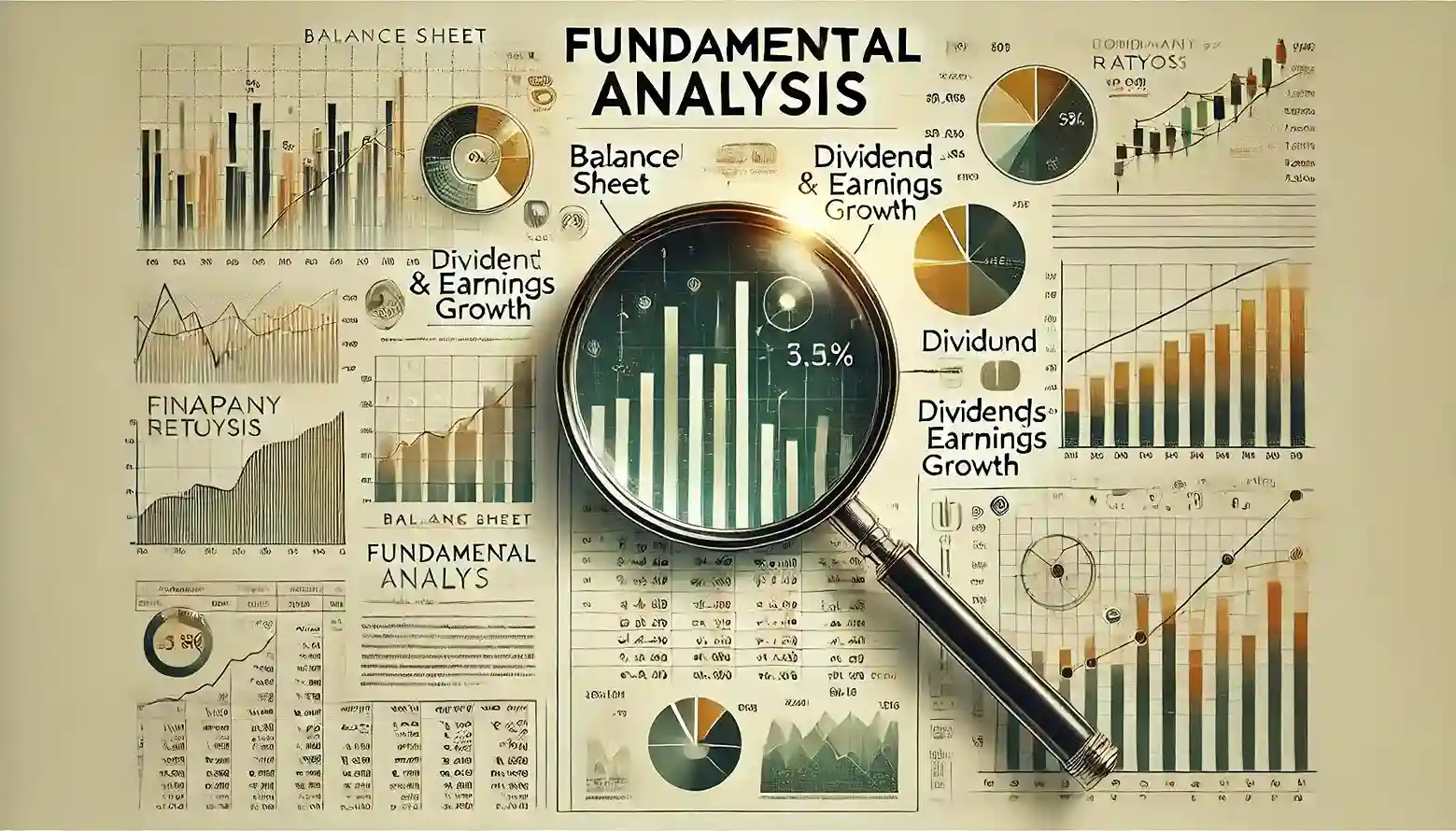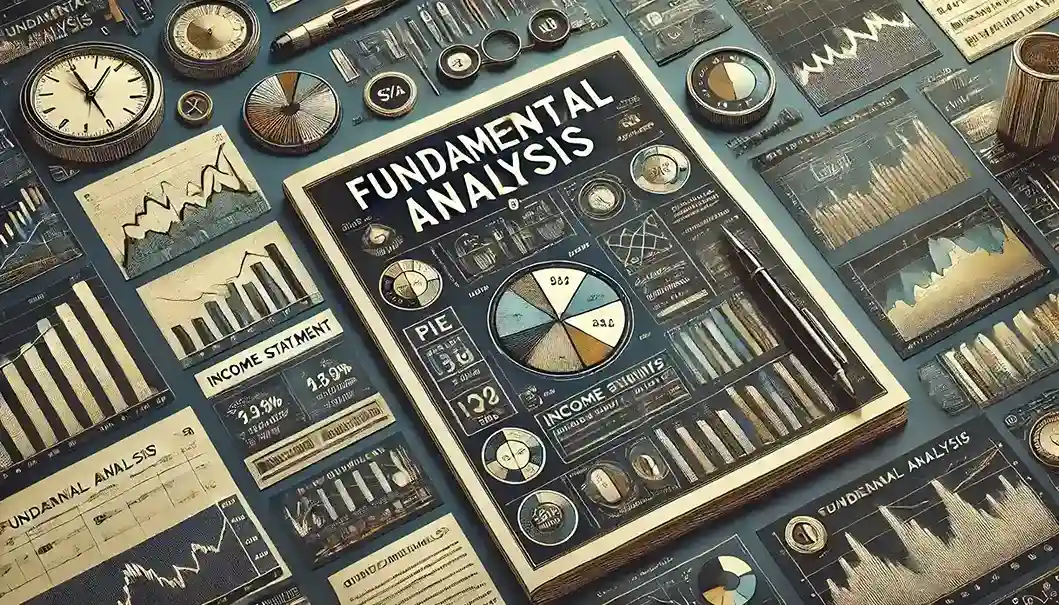What Does the Price to Book Ratio Mean?
Understanding the P/B ratio helps investors make better decisions. Here’s how to interpret the ratio in terms of investment potential:
P/B Ratio < 1: If Price to book value is below 1, it means that the stock is undervalued, In other words you can say that the company’s market value is less than its current actual assets value. This is the best buying opportunity for value investors.
P/B Ratio Around 1: When the P/B ratio is close to or equal to 1, it suggests that the market value aligns closely with the company’s net asset value. This balance might mean the stock is fairly valued based on its tangible assets.
P/B Ratio > 1: If Price to book value is greater then 1, it means that the stock is overvalued, In other words you can say that the company’s market value is higher than its current actual assets value. This can happen for companies with significant growth potential, strong brand value, or competitive advantages.
Why is the Price to Book Ratio Important in Fundamental Analysis?
The P/B ratio is especially valuable for fundamental investors looking to compare stocks within the same industry. Here are some primary reasons investors rely on this ratio:
- Comparing Companies Within the Same Industry: The P/B ratio can vary significantly across different sectors. Comparing the P/B ratios of similar companies can give better insights than using it across unrelated industries.
- Identifying Value and Growth Stocks: Value investors often seek stocks with a low P/B ratio, while growth investors may prioritize other metrics. A low price to book value indicate that the stock is undervalued, but a high ratio indicating the furfure growth potential expectations.
- Assessing Financial Health: A P/B ratio around or below 1 might signal undervaluation or financial distress. Investors can further investigate to understand if the stock is a good opportunity or has underlying issues.




